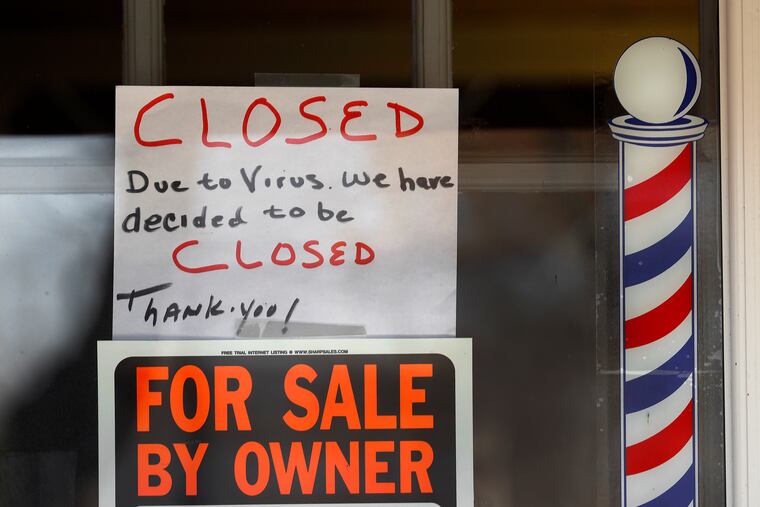Column
Link copied to clipboard
Link copied to clipboard
What might the post-coronavirus economic recovery look like? It’s complicated
A lot of economists are struggling with that question. There are a lot of variables, but not a lot of certainty.

A lot of economists are struggling with that question. There are a lot of variables, but not a lot of certainty.
